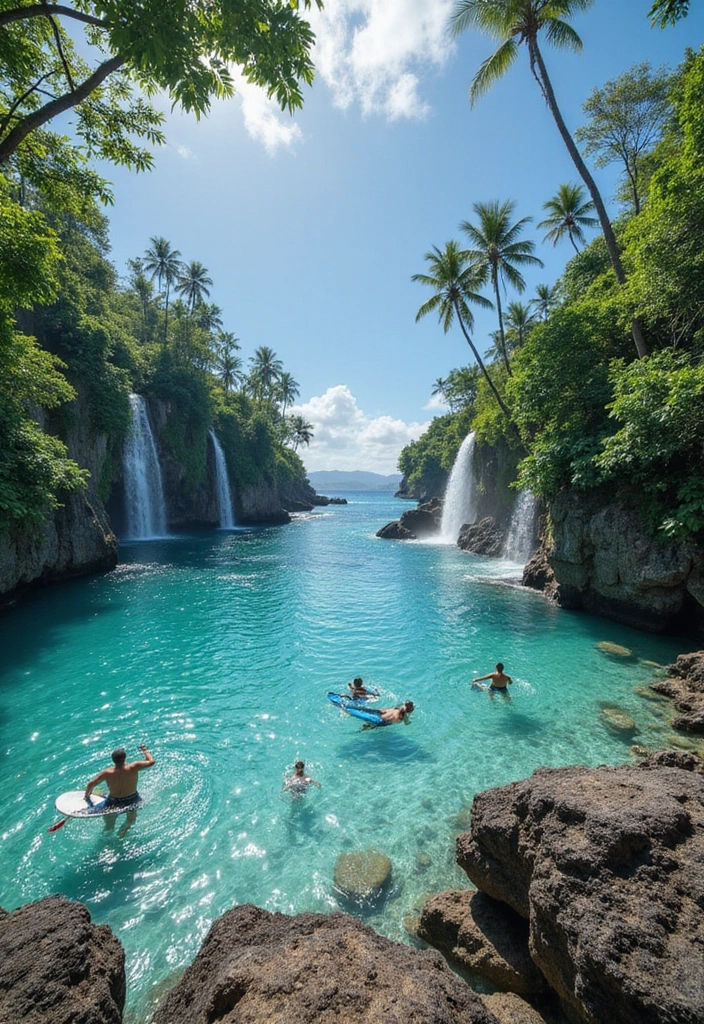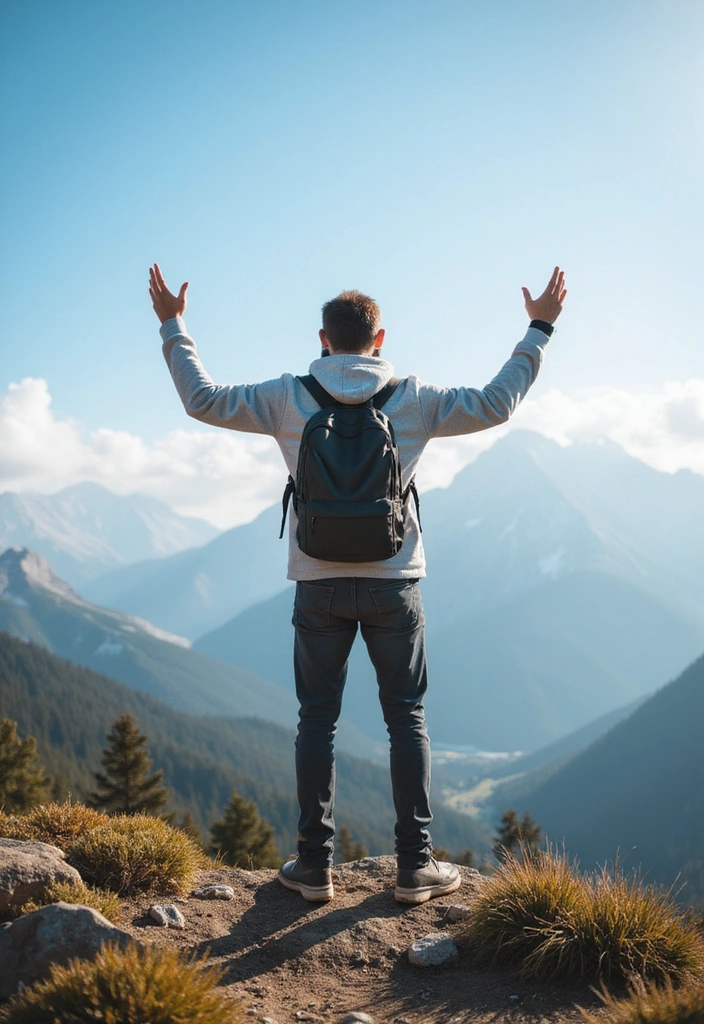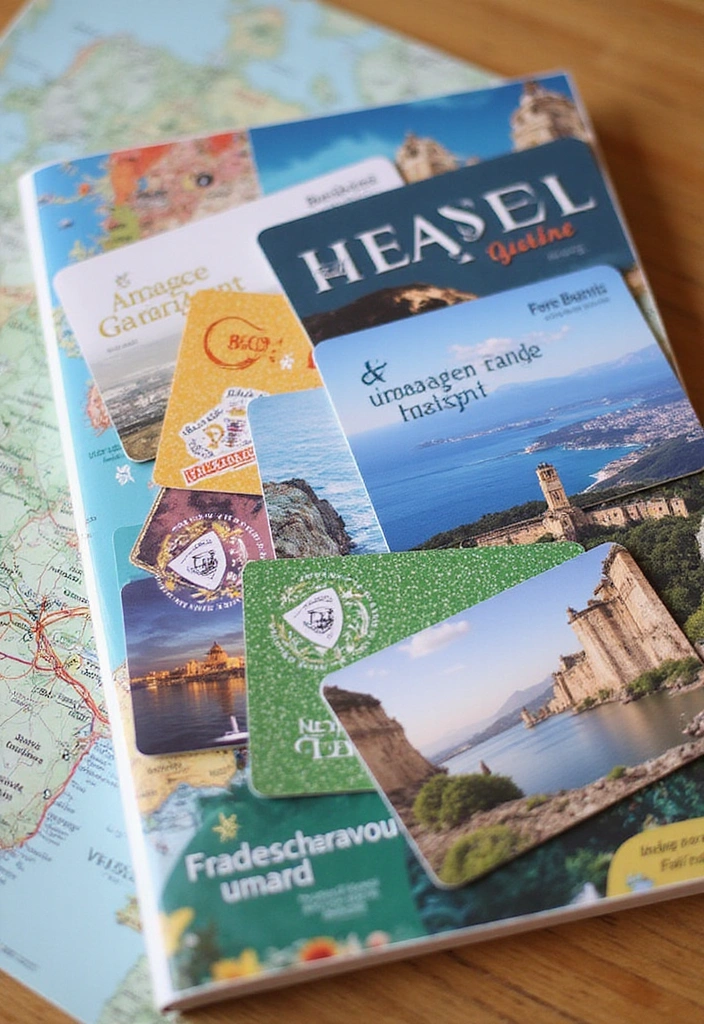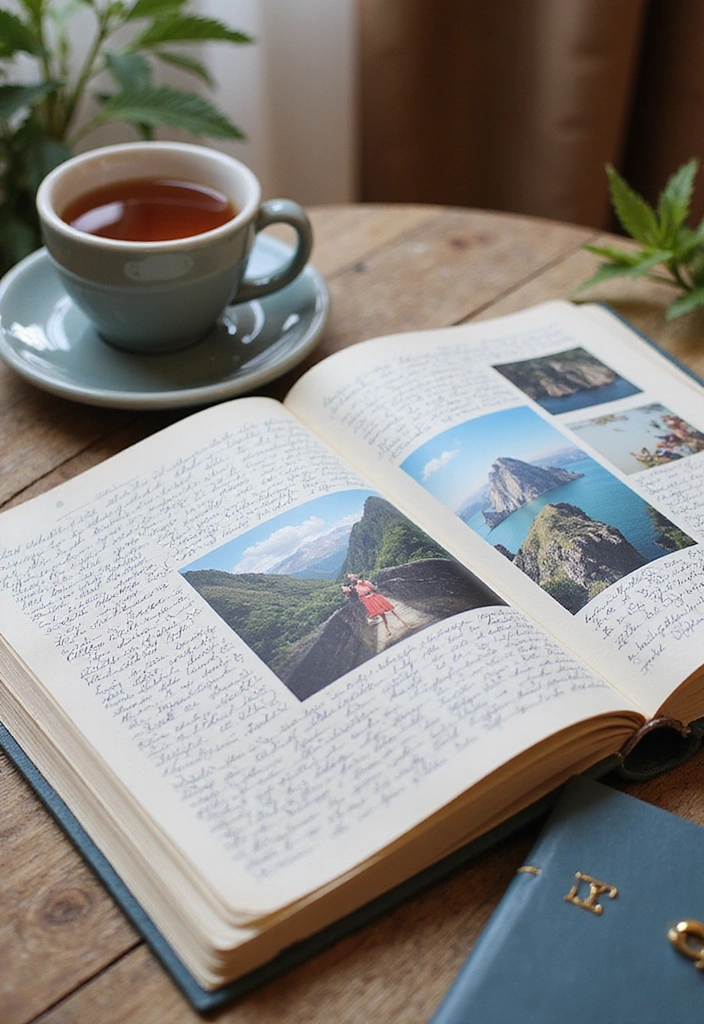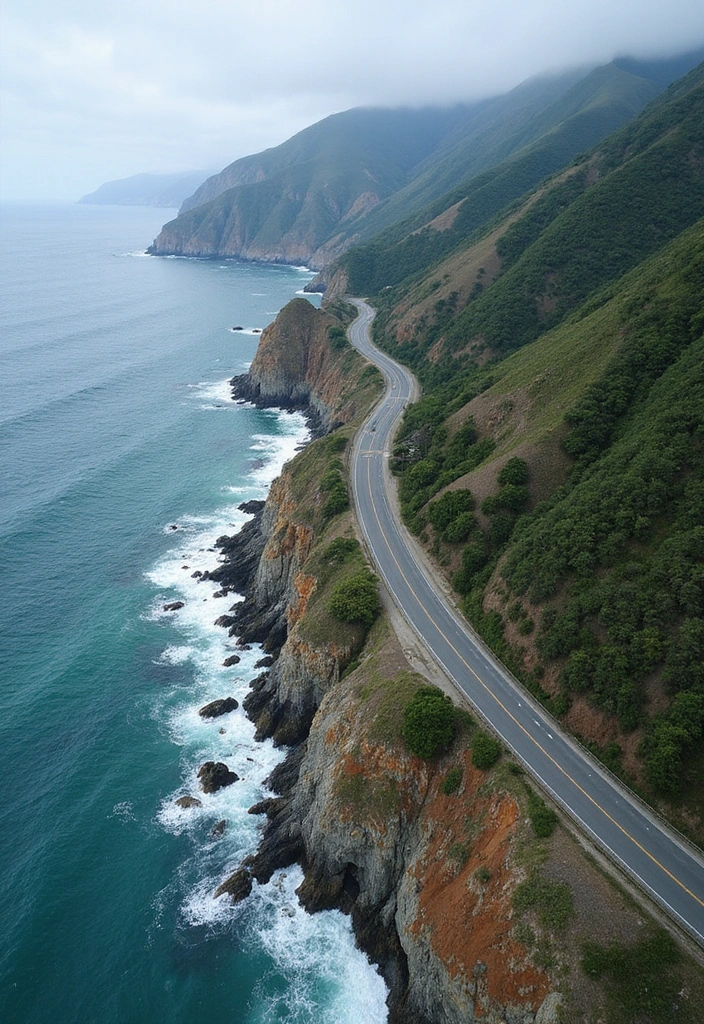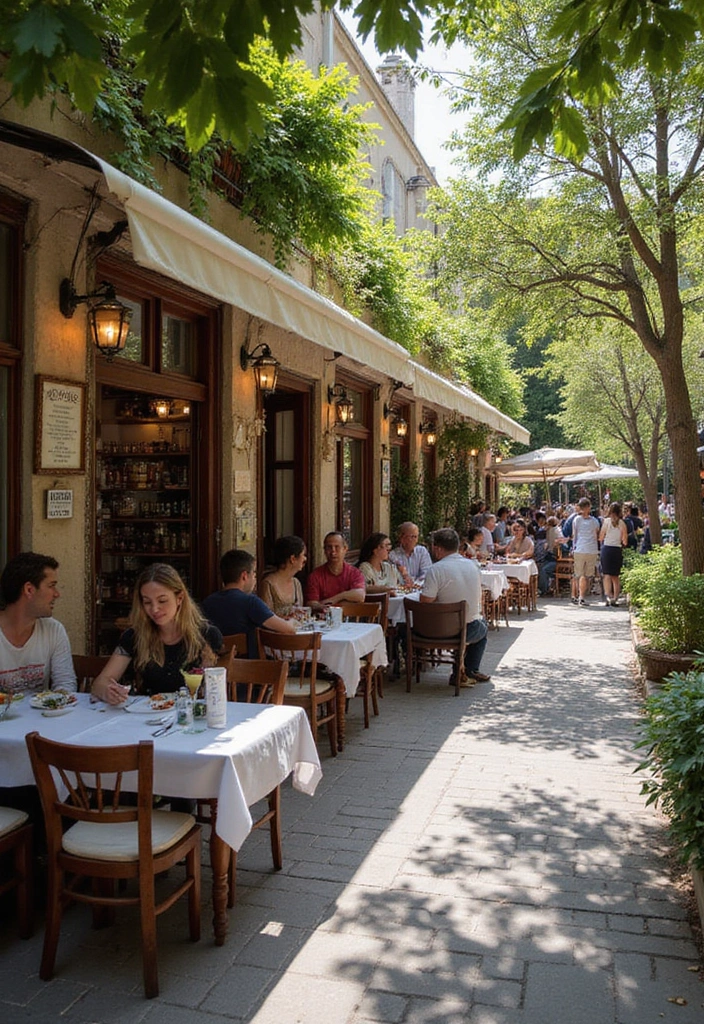Master travel photography! Capture stunning moments with these 20 expert tips. From composition to editing, you’ll feel like a pro after implementing strategy #9. Click for incredible photos!
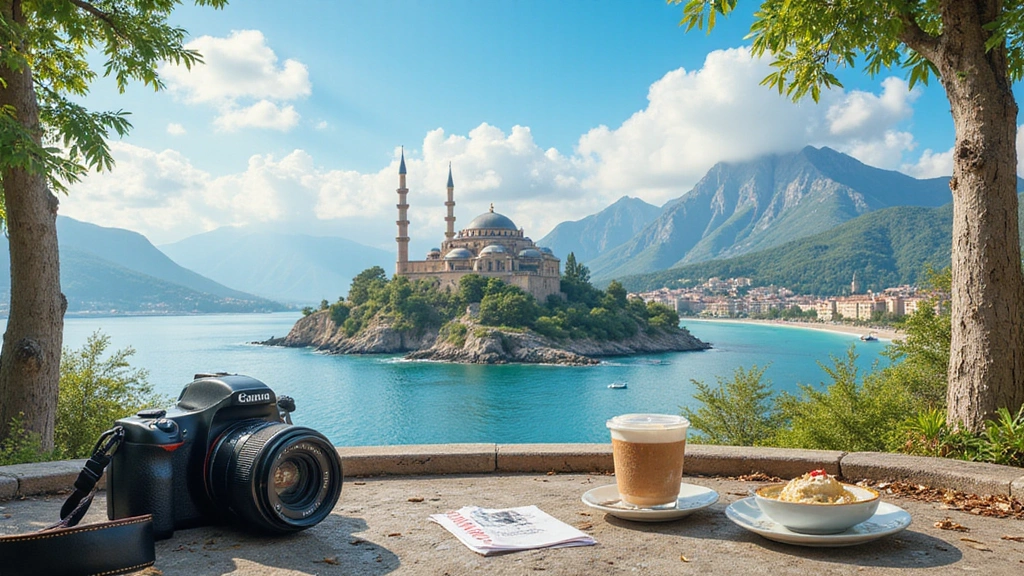
Travel photography is all about capturing those magical moments that tell a story, spark emotion, and give us the feels of our adventures around the globe.
Picture yourself walking through the bustling streets of Paris, the golden hour light adorning the Seine river, or standing on a mountain ridge, looking over breathtaking landscapes. You don’t need to be a pro to capture these amazing moments. With the right tips and a little practice, you’ll be snapping stunning photographs in no time. Let’s unpack some essential travel photography tips that will elevate your skills and help you capture those awe-inspiring moments.
1. Use Natural Light to Your Advantage
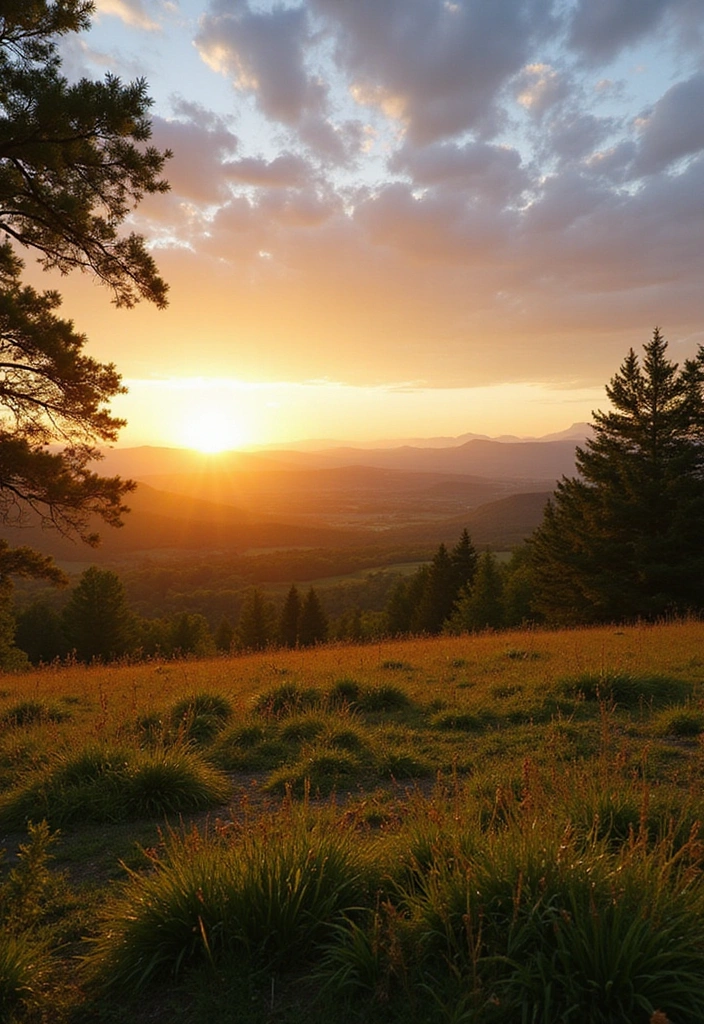
Natural light can be your best friend when it comes to photography. It brings out true colors and adds a soft glow to your images.
To harness natural light effectively:
– Golden Hour: Shoot during the golden hour—an hour after sunrise or before sunset. The soft, warm light is magical for portraits and landscapes.
– Avoid Harsh Midday Sun: If you’re shooting during the day, look for shaded spots to prevent harsh shadows.
– Experiment with Shadows: Sometimes, shadows can add depth and drama to your photos too. Don’t shy away from them!
Playing around with different light sources at different times of the day can yield stunning results.
2. Find Unique Angles
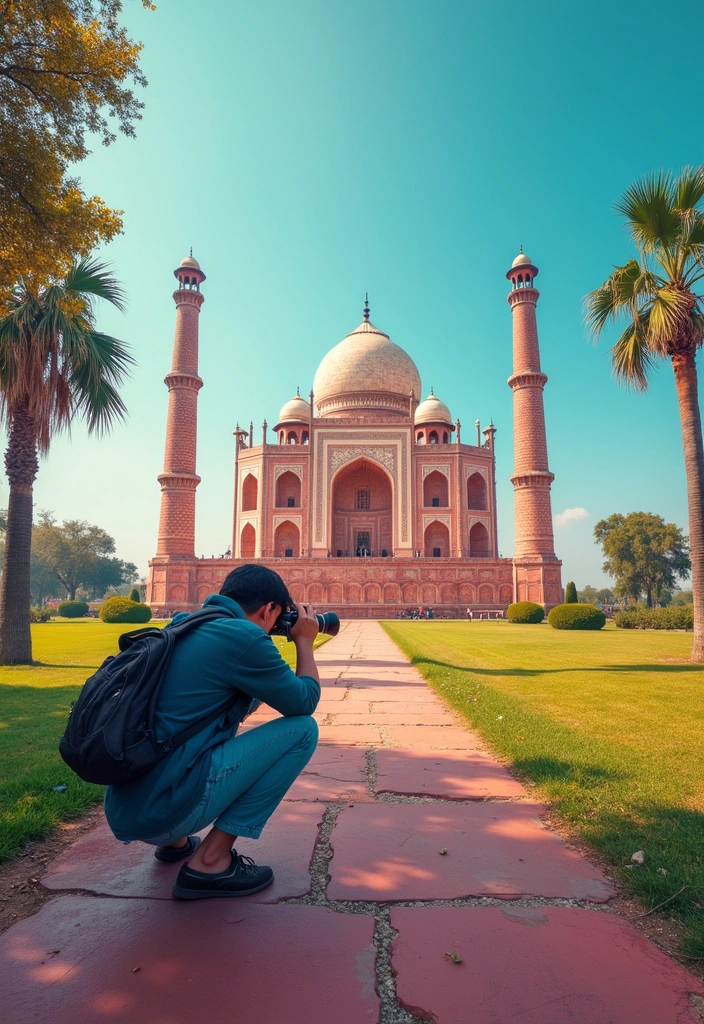
Sticking to the standard eye-level shots can make your photos look just like everyone else’s.
Here are some tips on how to spice it up:
– Get Low: Try taking photos from the ground up. This perspective can create a unique view of your subject.
– Climb High: If it’s safe, get an elevated perspective. Rooftops or hilltops can provide dramatic landscapes.
– Tilt Your Camera: Instead of shooting straight on, try tilting your camera for a dynamic look.
Unique angles can turn ordinary shots into extraordinary ones. Be adventurous!
3. Use the Rule of Thirds
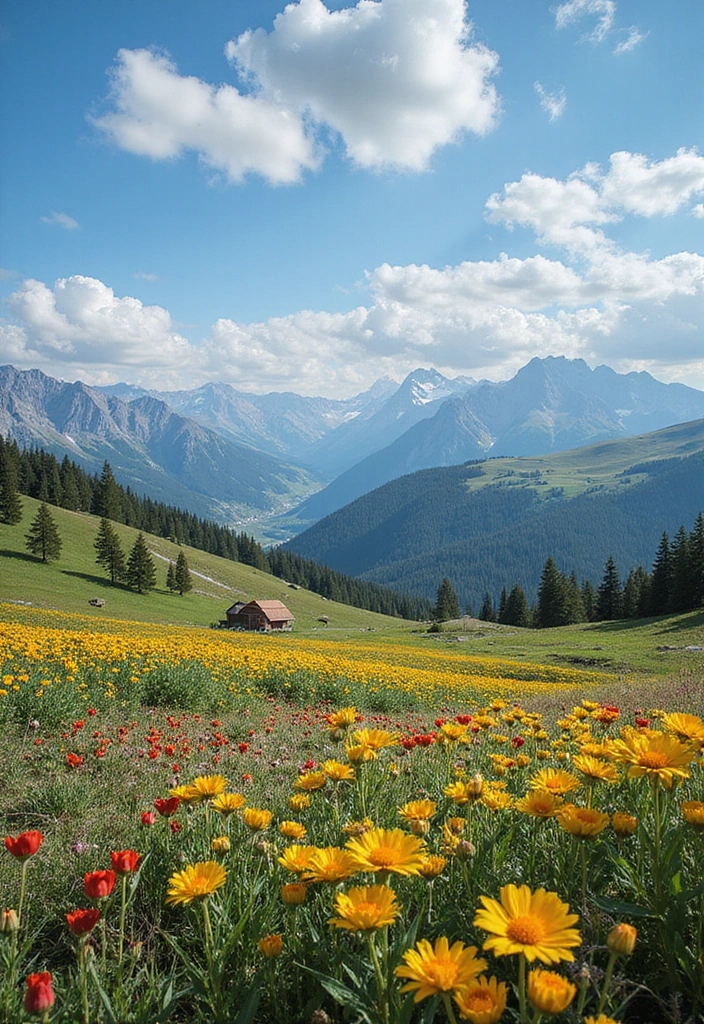
Understanding the rule of thirds can help you compose striking images effortlessly.
To apply this technique:
– Imagine a Grid: Divide your frame into a 3×3 grid. Position your subject along these lines or at the intersections.
– Balance Elements: This can help in balancing your composition and making it more visually appealing.
– Lead the Eye: Use the grid to guide the viewer’s eye through the photo. This can create a more engaging image.
Mastering this simple rule can change your photographs dramatically.
4. Capture the Culture
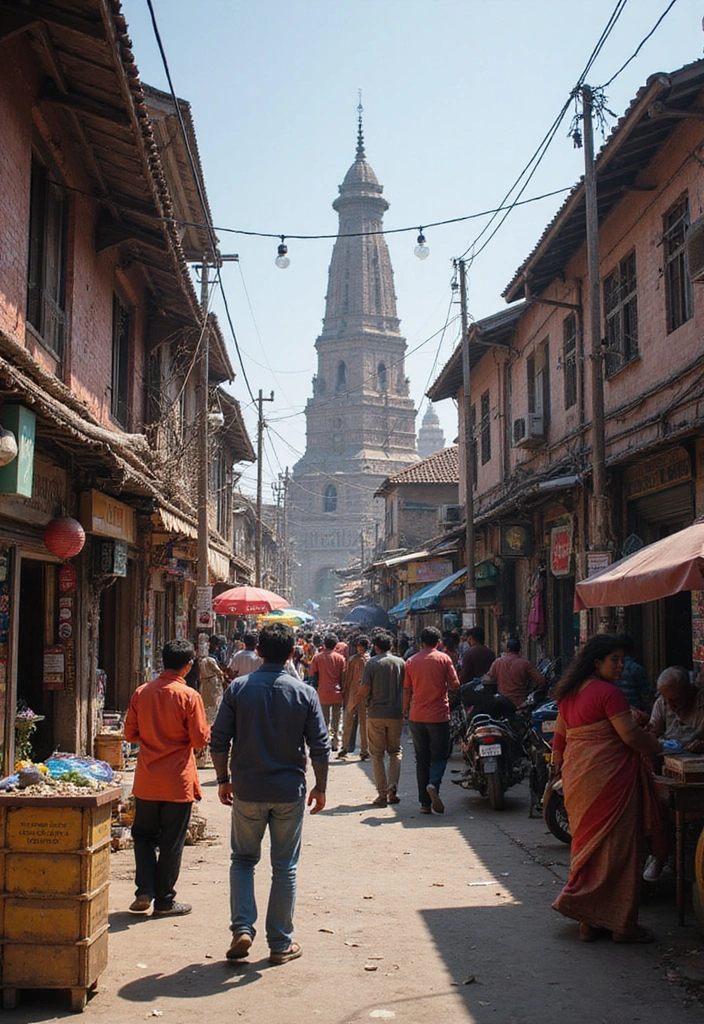
Travel isn’t just about the scenery; it’s also about the people and their culture.
To effectively capture culture:
– Ask for Permission: Always be respectful when photographing people. A simple ‘Can I take your picture?’ goes a long way.
– Candid Moments: Capture people in their daily activities; it tells a richer story than posed shots.
– Local Events: Attend local festivals or markets for vibrant cultural experiences.
Photographing culture adds layers to your travel photography, making it more meaningful.
5. Tell a Story
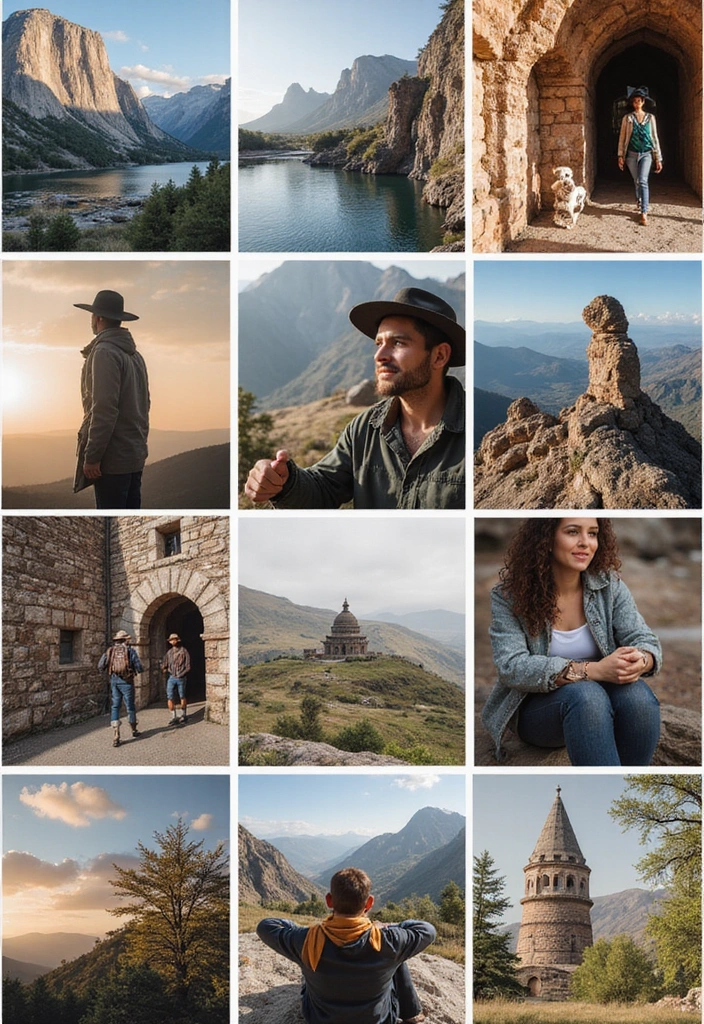
Every great photograph has a story behind it. Think about what you want to convey.
To tell compelling stories:
– Focus on Details: Small details often hold the essence of a place. Capture anything from street art to intricate architecture.
– Series of Shots: Sometimes, a series of images can tell a more complete story than one. Think about a beginning, middle, and end.
– Emotion: Elicit feelings with your photos by capturing genuine laughter, joy, or awe.
Storytelling through your lens can make your viewers feel connected to the moment.
6. Use Leading Lines

Leading lines are powerful tools in photography that draw the viewer’s eye to the main subject.
To utilize leading lines:
– Natural Lines: Look for roads, rivers, paths, or architectural lines that guide the viewer’s gaze.
– Curves and Angles: Use curves in pathways or riverbanks to create a sense of depth.
– Framing: Consider using doorways or windows as frames to enhance your composition.
Incorporating leading lines can add dimension and perspective to your photos, making them more engaging.
7. Invest in a Good Travel Lens
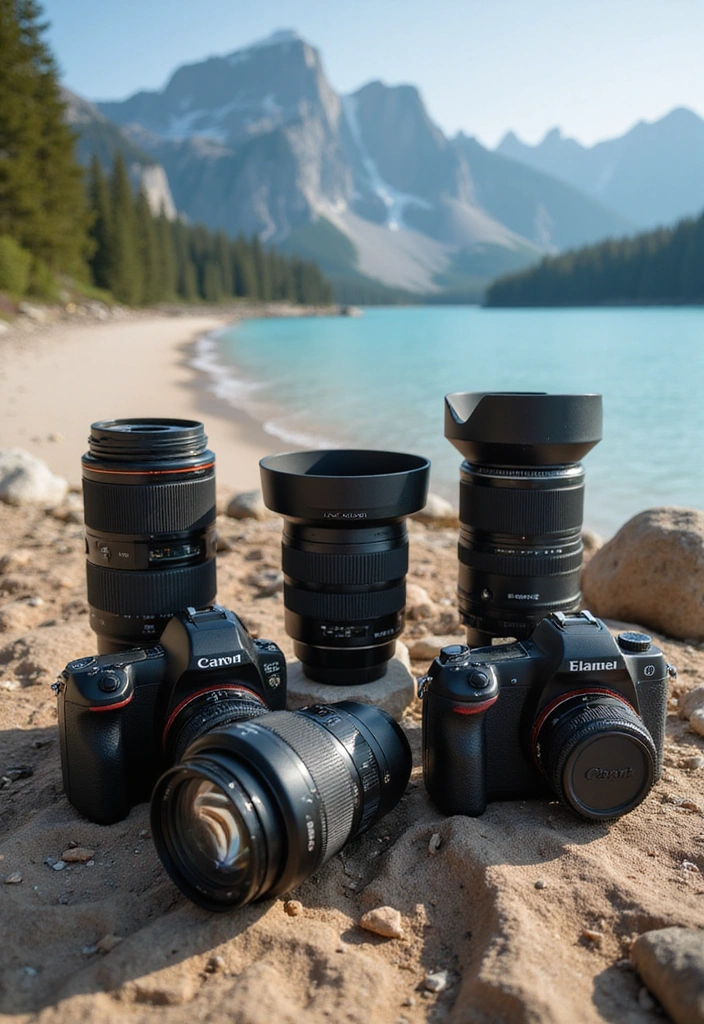
Your camera’s lens plays a critical role in the quality of your photos. Investing in a good travel lens can make a big difference.
Consider these options:
– Wide-Angle Lens: Perfect for landscapes and architectural photography, allowing you to capture more of the scene.
– Zoom Lens: Offers versatility, letting you shoot distant subjects without being intrusive.
– Prime Lens: Known for their sharpness and quality, great for portraits and low-light situations.
Quality lenses can provide more clarity and creativity to your shots while traveling.
8. Master Your Camera Settings
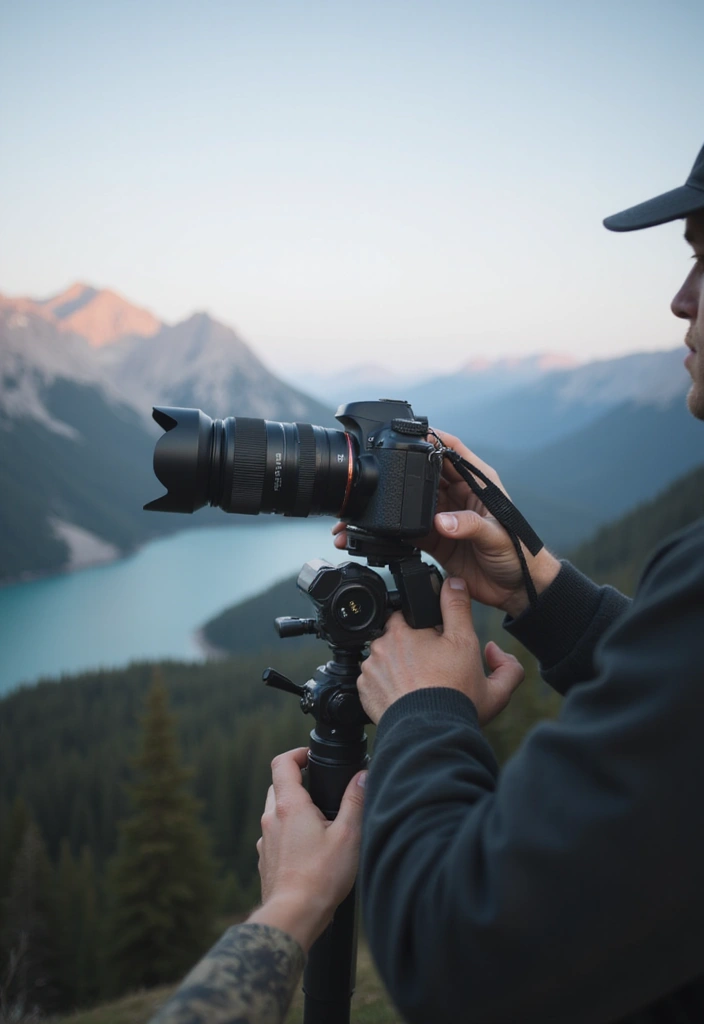
Understanding your camera settings is key to elevating your travel photography.
Here’s a breakdown of essential settings:
– ISO: Controls the sensitivity to light. Higher ISO for low-light situations, but be wary of grain.
– Aperture: Affects depth-of-field. Use a wide aperture (low f-number) for beautiful bokeh or a narrow aperture (high f-number) for more focus depth.
– Shutter Speed: Controls motion. A fast shutter freezes action, while a slow shutter creates blur.
Taking the time to learn your camera and its settings will pay off with consistently stunning photos.
9. Experiment with Composition
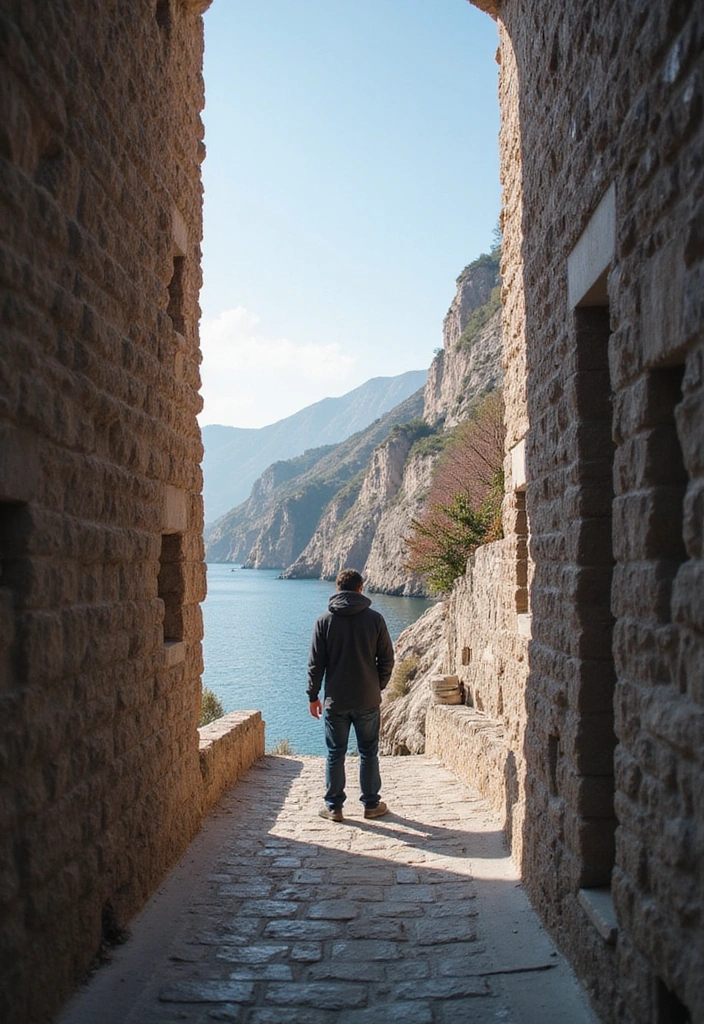
Don’t be afraid to break the traditional rules of composition! Sometimes, the most striking images come from experimentation.
Try these:
– Symmetry: Capture symmetrical subjects for a balanced look.
– Negative Space: Use empty space to highlight your main subject. This can create a dramatic effect.
– Frame Within a Frame: Use elements within the scene to create a natural frame around your subject.
Being creative with composition can result in truly unique photographs that stand out.
10. Take Lots of Photos
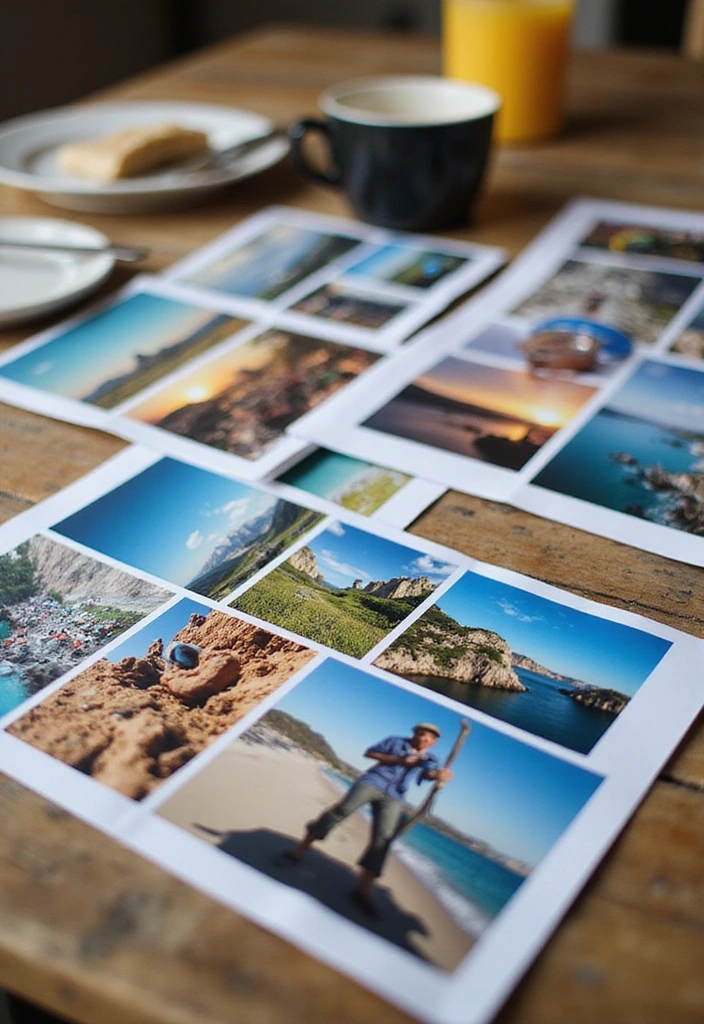
In the world of photography, quantity can lead to quality. Don’t hold back on taking multiple shots.
Here’s why:
– Experimentation: The more photos you take, the more you can experiment with angles, settings, and compositions.
– Different Lighting Conditions: A scene can look different in varying light. Capture it several times!
– Capture Spontaneity: Moments happen fast, so being ready with your camera means you can catch those fleeting memories.
Don’t be shy with your shutter; every photo is a chance to learn and improve.
11. Edit with Purpose
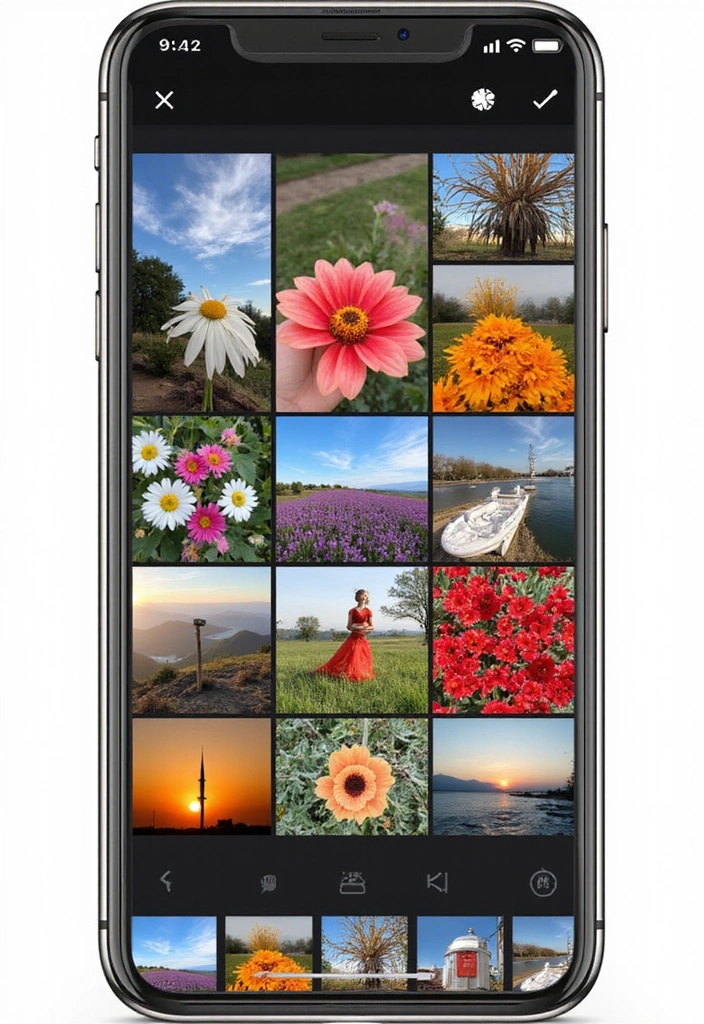
Editing your photos can enhance their beauty and convey your artistic vision.
for effective editing:
– Consistency: Maintain a consistent style through color grading and filters for your travel portfolio.
– Don’t Overdo It: Keep edits natural. Heavy filters can detract from your original image.
– Utilize Editing Apps: Apps like Lightroom or Snapseed can help you refine your images easily.
A little editing can go a long way in elevating your travel photography.
12. Understand Depth of Field
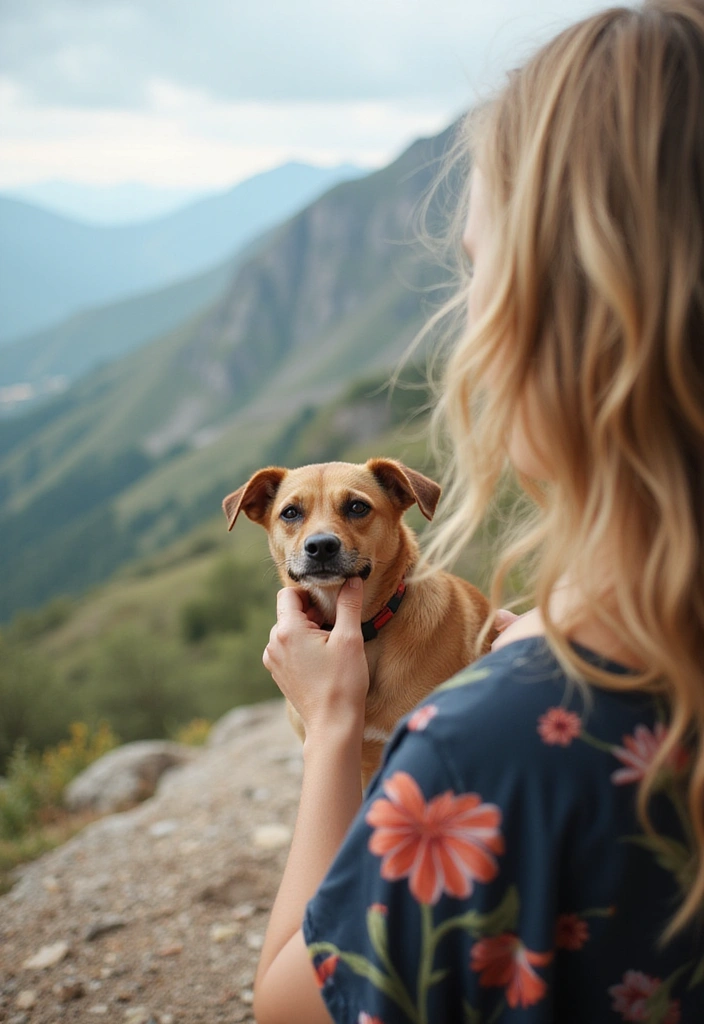
Depth of field refers to the range of distance in a photo that appears sharp.
To control depth of field:
– Wide Aperture (f/2.8): Isolates the subject and blurs the background, perfect for portraits.
– Narrow Aperture (f/16): Keeps everything in focus, ideal for landscapes.
– Experiment: Play with different settings to see how they change your images.
Understanding how to manipulate depth of field gives you more creative control over your shots.
13. Get to Know Your Subject
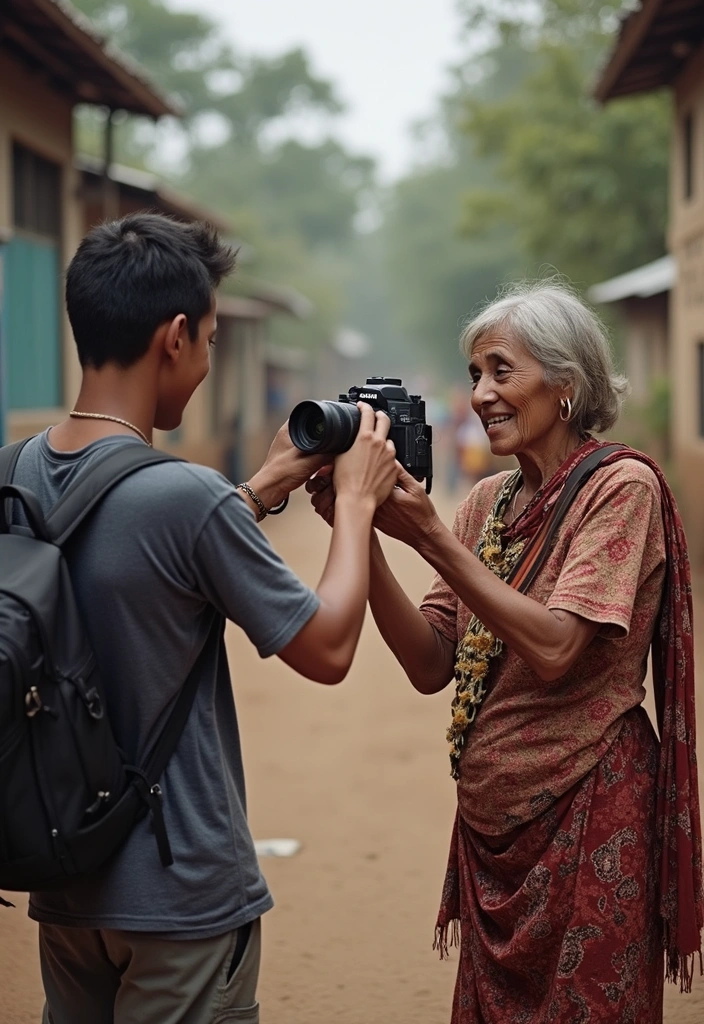
Whether it’s a landscape, a culture, or a person, knowing your subject can improve your photos.
Here’s how:
– Research: Familiarize yourself with the cultural significance or history of a location. This can enhance your creativity.
– Connect: When photographing people, take a moment to chat. A genuine connection can lead to more candid and authentic photos.
– Timing: Understand the best times for shooting specific subjects. For example, animals are often more active at dawn.
A deeper understanding of your subject can lead to more impactful images.
14. Be Patient

Patience is a virtue, especially in photography. Waiting for the right moment can make all the difference.
for practicing patience:
– Observe: Take time to observe your surroundings. The best shots often come when you’re ready.
– Wait for Light Changes: The perfect light can make or break a photo, so wait it out!
– Be Ready for Moments: Sometimes, unexpected moments happen. Stay alert to capture them.
Being patient will help you capture stunning moments that you might have missed in a rush.
15. Pack Smart

Efficient packing can enhance your travel photography experience.
Consider these packing tips:
– Lightweight Gear: Choose lightweight equipment that won’t weigh you down during your adventures.
– Versatile Lenses: Bring lenses that cover a range of situations. A zoom lens can save space and weight.
– Backup Solutions: Don’t forget memory cards and extra batteries! Running out can mean missing shots.
Packing smart means you’ll be prepared for any moment that arises.
16. Learn from Others
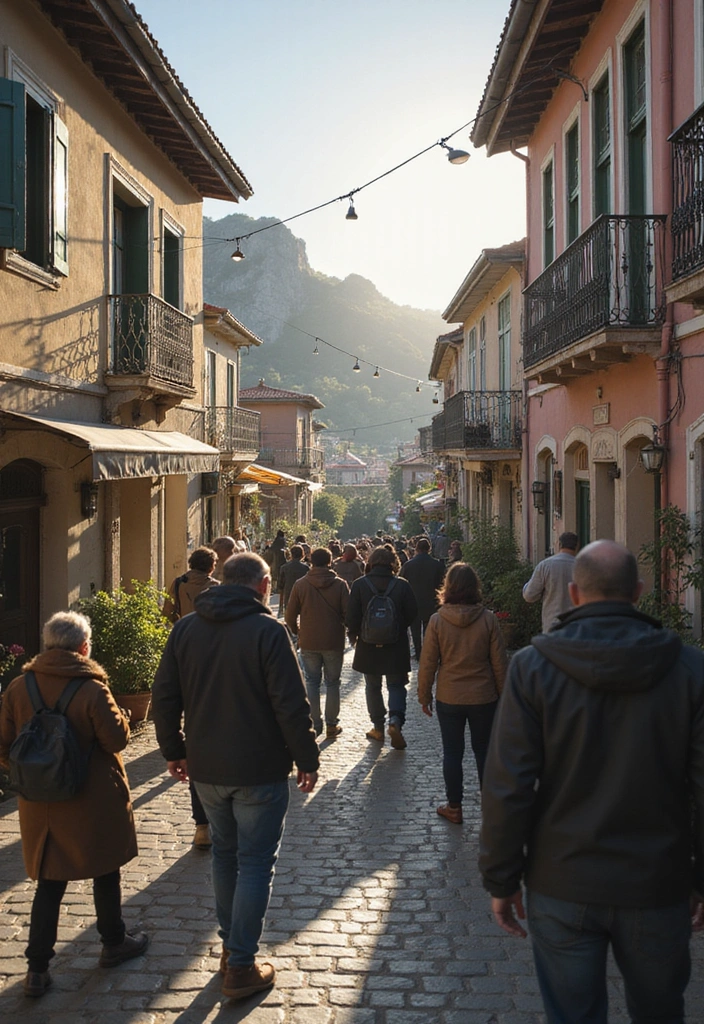
Look at other photographers for inspiration! Learning from others can help refine your style and techniques.
How to gather inspiration:
– Follow Travel Photographers: Check out their work on social media platforms or photography sites.
– Join Photography Communities: Online forums or local groups can provide feedback and tips.
– Attend Workshops: Seek out photography workshops that focus on travel techniques.
Learning from others will broaden your perspective and inspire you.
17. Stay Authentic

As you travel, staying true to yourself in your photography is essential.
To maintain authenticity:
– Capture What You Love: Photograph what resonates with you personally, rather than what others think is ‘Instagrammable’.
– Avoid Trends: Don’t feel pressured to follow photography trends. Strive for originality in your style.
– Be Genuine: Share your stories and experiences through your lens. Authenticity shines through your images.
Photography should reflect your voice and perspective.
18. Know When to Put the Camera Down
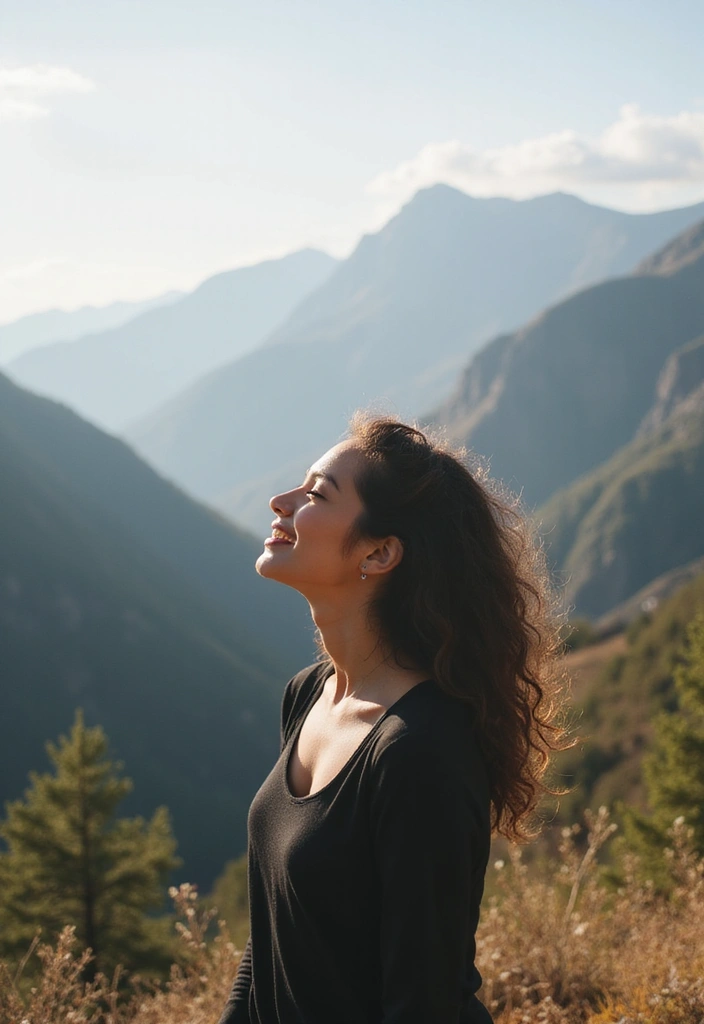
While capturing moments is fun, sometimes it’s best to just enjoy the experience.
Consider these points:
– Live the Moment: Don’t let your camera be a barrier. Engage in the experience fully without the lens.
– Balance: Capture memories, but also take time to soak in the atmosphere.
– Real-Life Connection: Connect with people around you without the distraction of your camera.
There are moments that are best cherished without the lens.
19. Practice, Practice, Practice
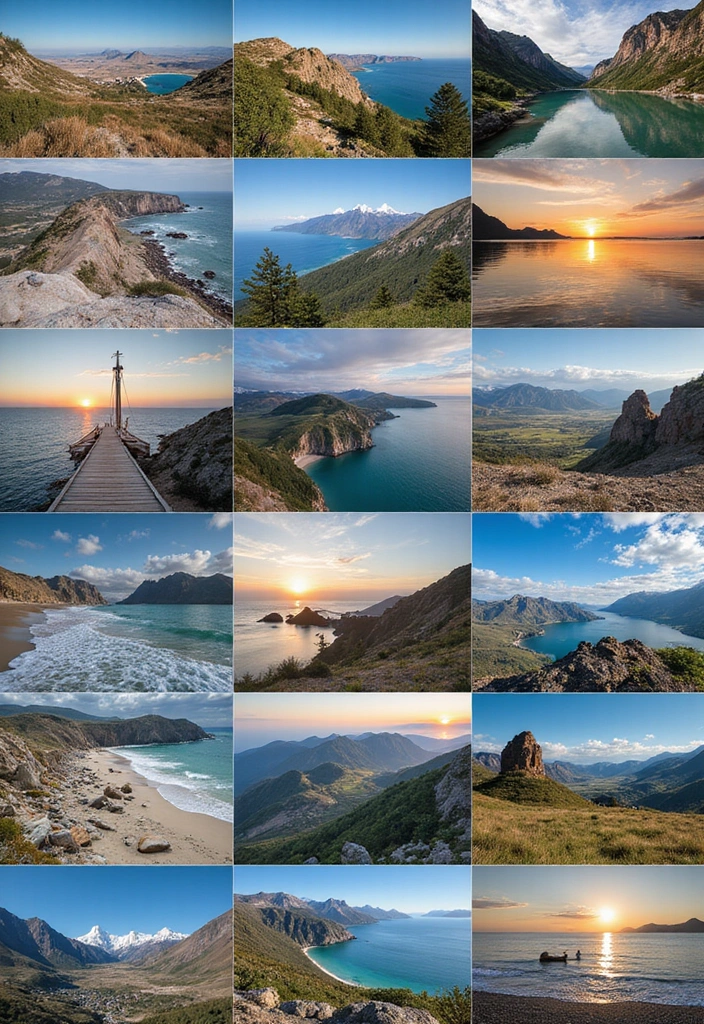
The best way to improve your photography is through practice. Go out and shoot!
Ways to practice:
– Daily Photos: Challenge yourself to take a photo every day, even at home. This builds consistency.
– Variety of Subjects: Don’t limit yourself to landscapes. Try portrait, urban, and wildlife photography.
– Set Goals: Create specific goals for each shooting session, whether it’s mastering a technique or testing a new lens.
With practice, you’ll see improvement in your skills and confidence.
20. Enjoy the Journey
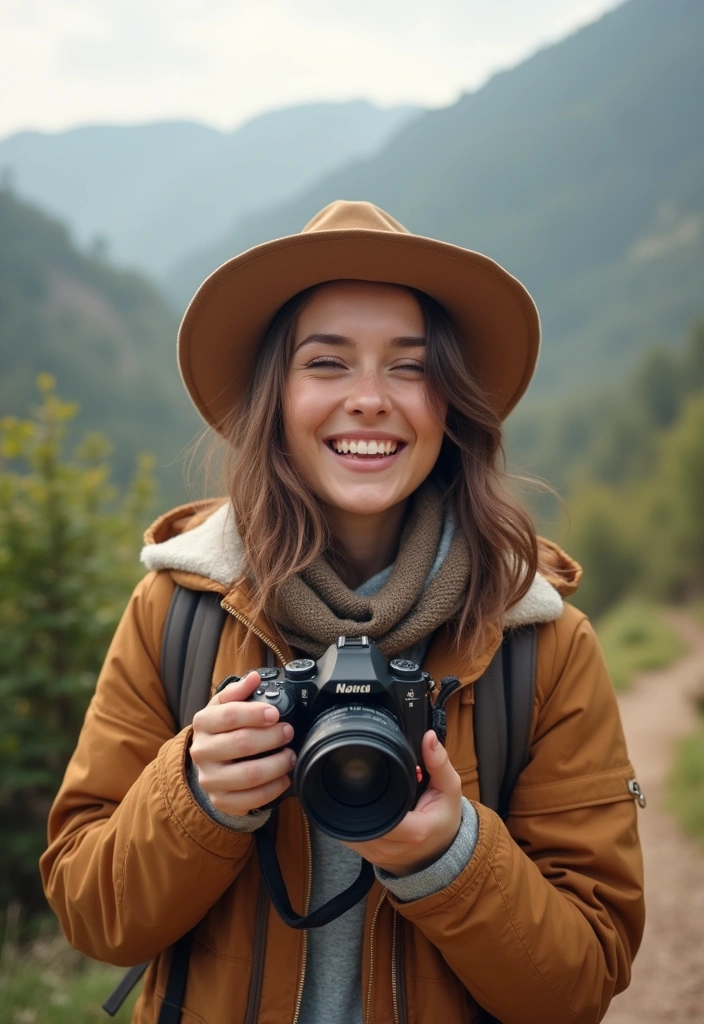
Ultimately, photography should be a joyful pursuit that enhances your travel experiences.
Keep in mind:
– Have Fun: Enjoy the process! Photography should be about capturing joy and exploration.
– Embrace Mistakes: Every photographer makes mistakes. Learn from them and keep going!
– Celebrate Success: Share your favorite images, and celebrate your journey and growth as a photographer.
Enjoy every moment, both behind the lens and in front of it.
Finally

Your journey into travel photography doesn’t have to be daunting. With these tips in your toolkit, you are better equipped to capture stunning moments that tell stories and evoke emotions.
Take your time, experiment, and most importantly, have fun with it. Your unique perspective is what makes your photography special. So grab your camera, and let the world inspire you!
